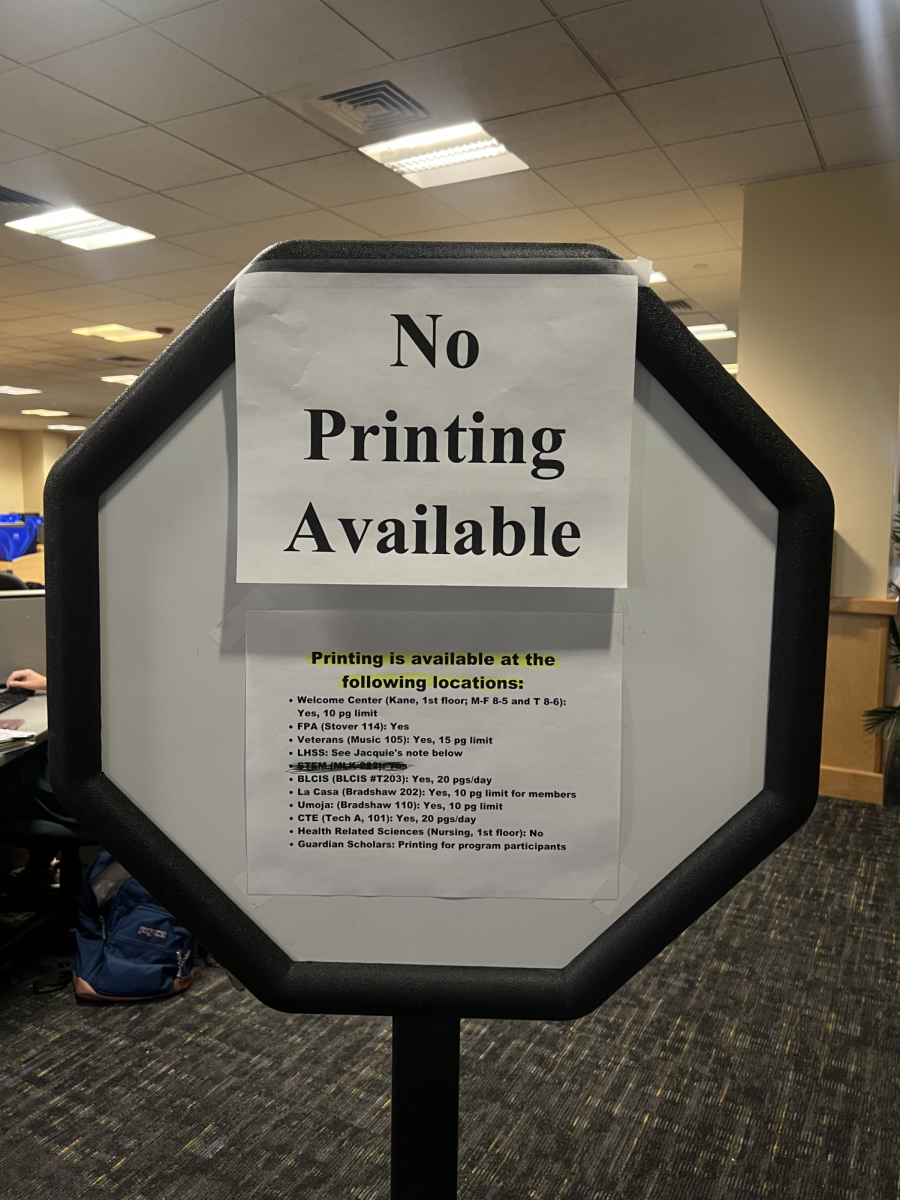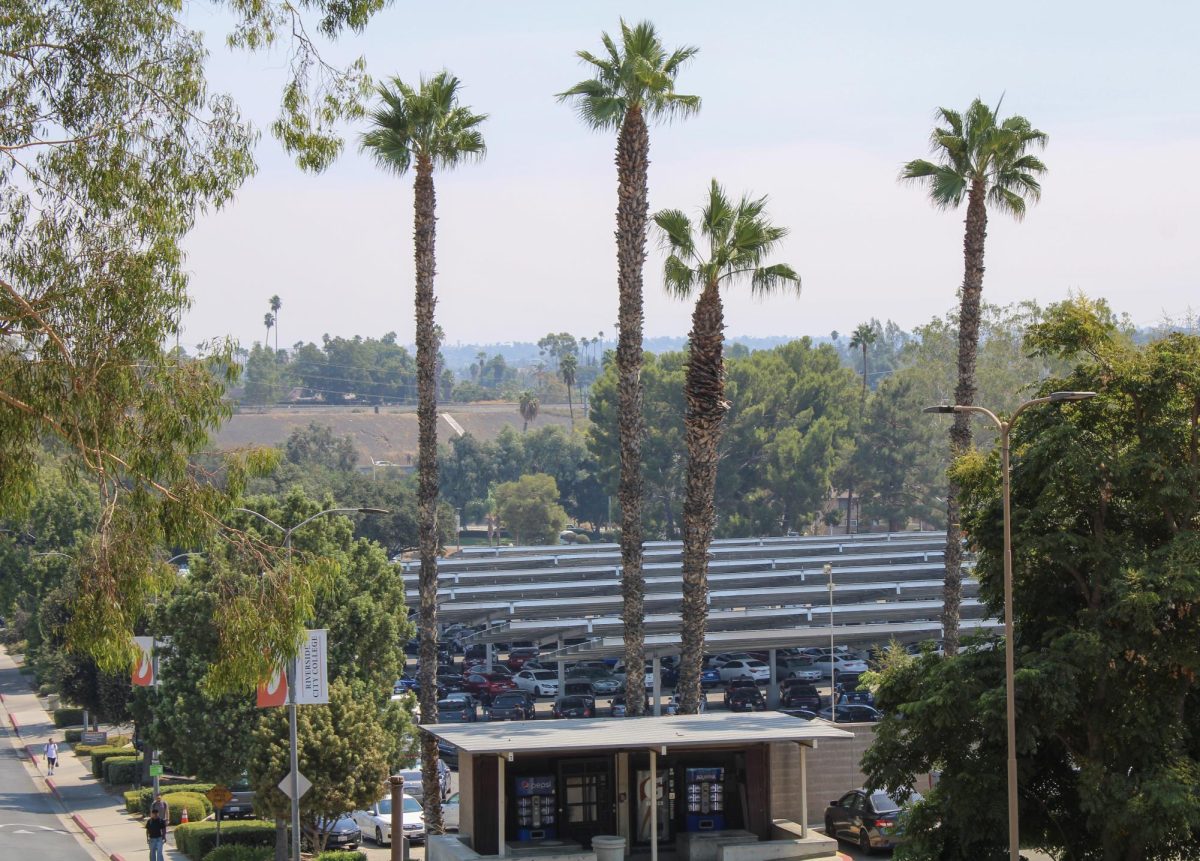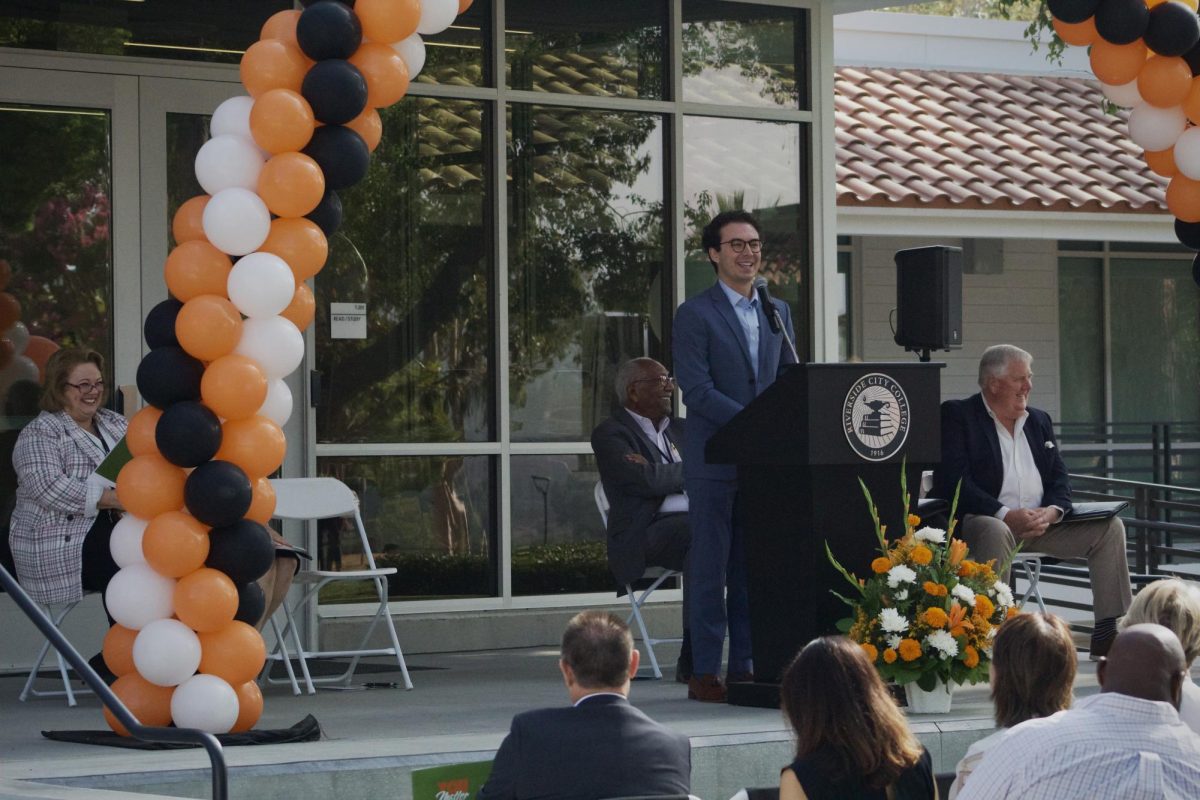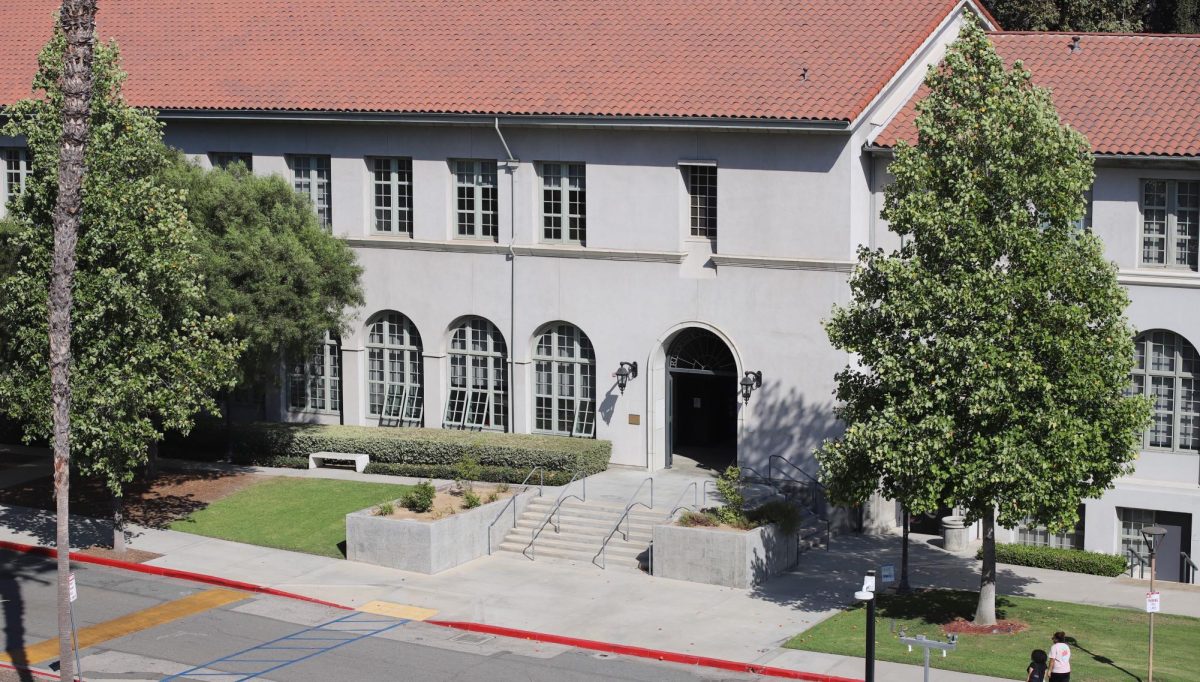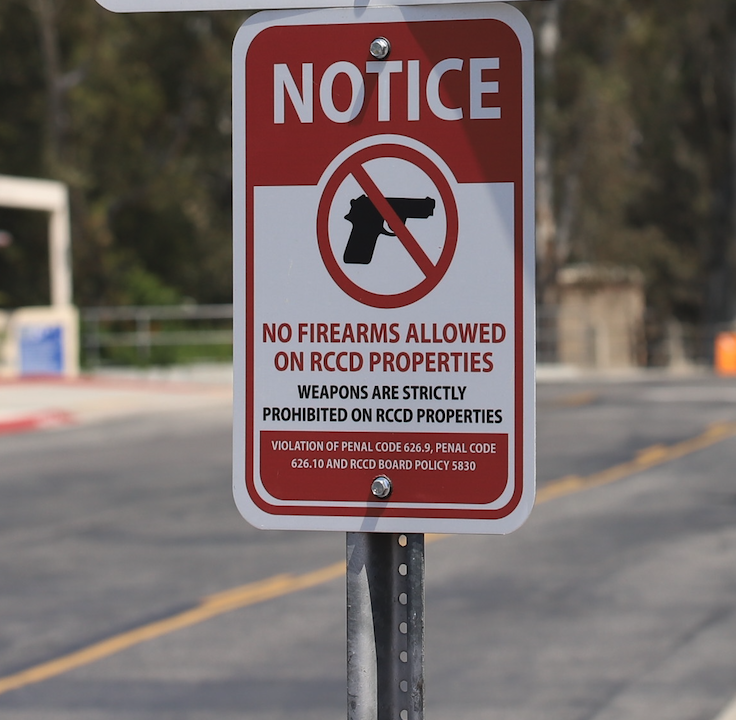Photo Illu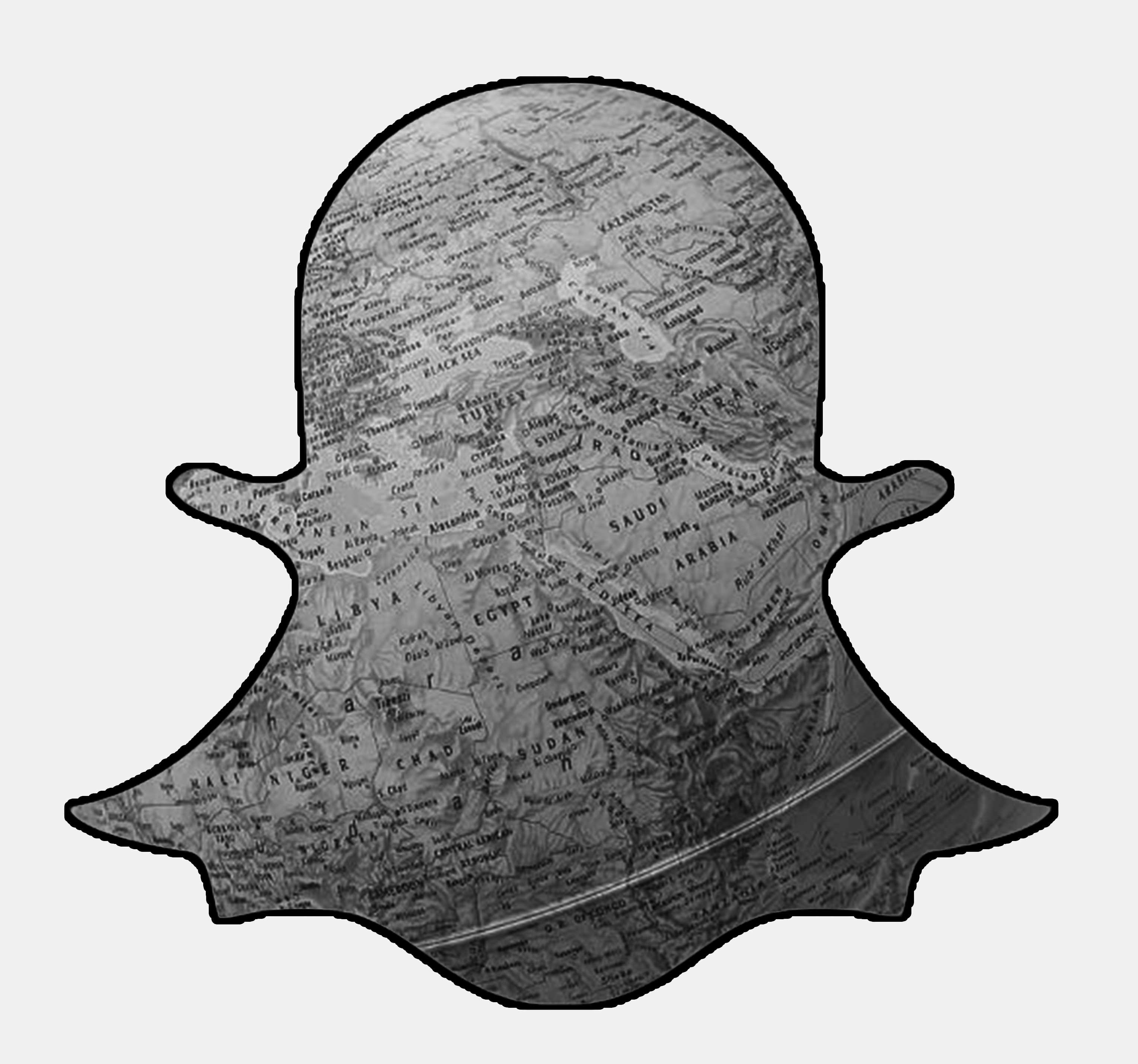 stration by Luis Solis | Photo Editor
stration by Luis Solis | Photo Editor
Article by Daeshaun Thomas | Staff Writer
Snapchat has gained a influential presence as a popular application in the modern world. We live in a world dominated by social media that integrates itself into our day to day life.
Snapchat, the photo messaging application developed in 2012 by four Stanford University students, is a behemoth in the world of social media alongside names such as: Facebook, Twitter, Instagram and others with 400 million photo messages sent on a daily basis as of June 2014, according to Mediabistro.com.
All of them tout vigorously the ability to share intimate moments with others instantaneously whenever and wherever you fancy. Snapchat takes this idea and attempts to condense it in a unique way known as “Our Stories.” The feature is designed to organize recorded moments into a narrative to be shared with anyone in a finite timeframe of 24 hours before disappearing permanently from the company server (allegedly).
The “Our Story” feature has become as integral as the application itself and has exploded in popularity since its inception. People have begun to use it to share vicarious thrills with others at a variety of events. This sub-feature was demonstrated on a massive scale during the FIFA 2014 World Cup in which thousands of curated snaps from Brazil were shared worldwide.
The first time “Our Story” was introduced to the masses was the 2014 Electric Daisy Carnival in Las Vegas. Thousands of neon ravers used the service. Even more impressive was that they could all collectively contribute to the same “story” and receive their five minutes of Snapchat fame. Those who couldn’t make it to the event could watch coverage as many times as they wished and fist pump in the privacy of their own home. Other events that have followed suit are: the iHeartRadio music festival, San Diego Comic- Con, Tomorrowland and a number of college football games among others, making the feature arguably the most immersive application sub-feature ever. Even support on a smaller scale has been shown at events such as college sports games.
As we move (further) into a digital era we find ourselves investing more and more into digital interactions instead of face-to-face interactions.
Whether you live in the United States or a developing country chances are you have access to the worldwide Web. And for better or worse, it is inevitable. Smartphones applications like Snapchat are the future.


